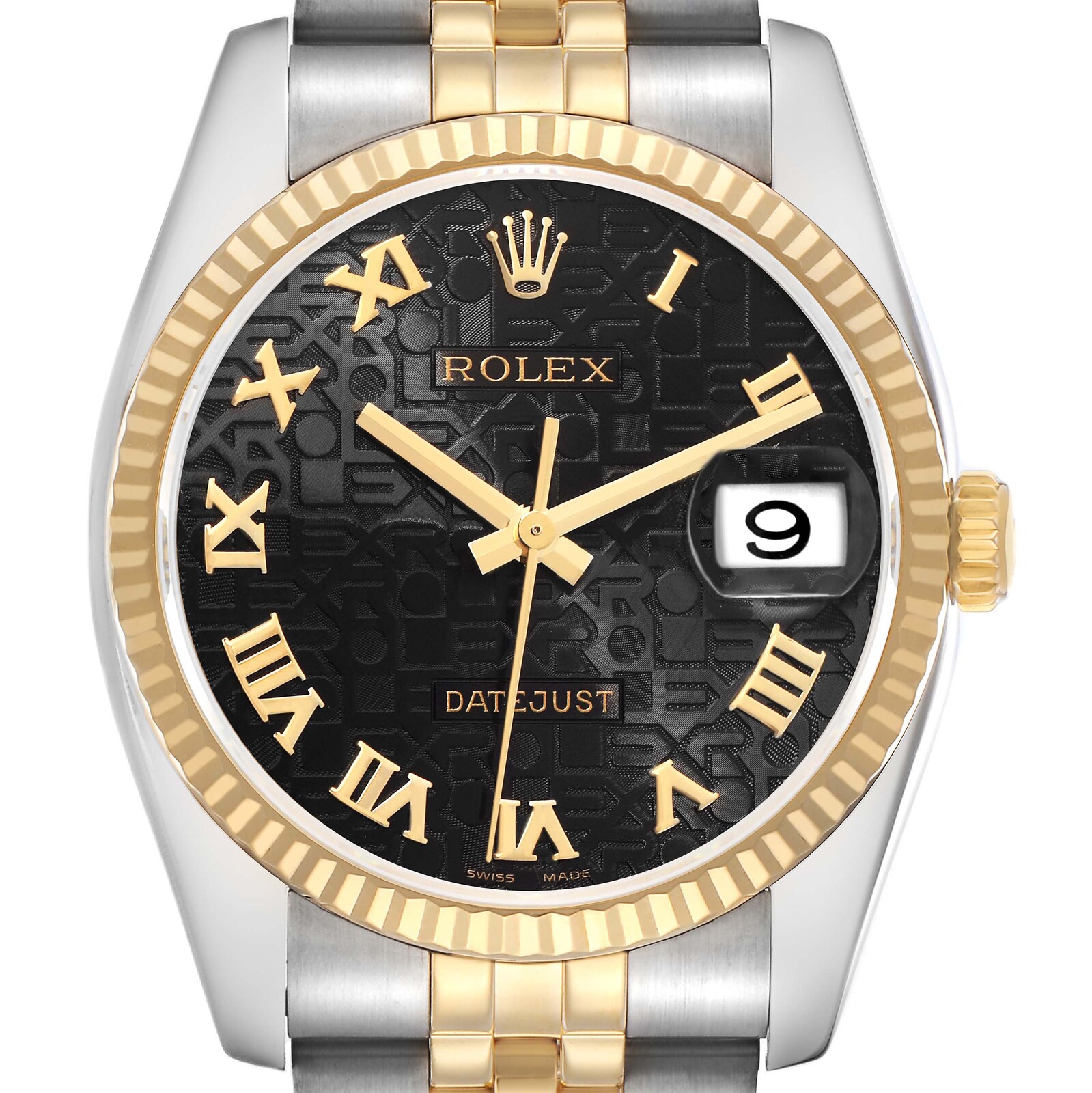
**Founding and Early Years (1905-1920)**
Rolex was founded in London in 1905 by Hans Wilsdorf and his brother-in-law Alfred Davis. The company in...
Related Blogs
History of rolex
4 minutes, 13 seconds
-4 Views 0 Comments 0 Likes 0 Reviews

### History of Rolex
**Founding and Early Years (1905-1920)**
Rolex was founded in London in 1905 by Hans Wilsdorf and his brother-in-law Alfred Davis. The company initially operated under the name Wilsdorf and Davis, specializing in importing Swiss movements and placing them in high-quality cases made by other manufacturers. The brand name "Rolex" was registered in 1908. Wilsdorf aimed for a name that was short, easy to pronounce in any language, and memorable. By 1910, Rolex had earned the distinction of being the first wristwatch to receive a Swiss chronometer certification, establishing its reputation for precision and reliability.
**Relocation to Geneva (1920)**
After World War I, the political and economic climate in England was uncertain, prompting Wilsdorf to relocate Rolex to Geneva, Switzerland, in 1920. This move was strategic, as Switzerland was renowned for its watchmaking excellence. In Geneva, Rolex continued to innovate, focusing on producing high-quality, durable wristwatches.
**Innovations and Milestones (1926-1960)**
In 1926, Rolex introduced the Oyster, the world's first waterproof wristwatch. This groundbreaking design featured a hermetically sealed case that protected the movement from water and dust. To demonstrate its durability, Wilsdorf famously had a Rolex Oyster submerged in a fish tank for a month, later presented to the public.
In 1931, Rolex patented the Perpetual movement, the first self-winding mechanism that harnessed the energy of the wearer’s wrist motion. This invention paved the way for modern automatic watches and contributed to Rolex's reputation as a leader in watch technology.
Throughout the 20th century, Rolex became known for its association with adventure and exploration. The brand's watches were worn by pioneering individuals, such as Sir Malcolm Campbell, who set speed records on land and water, and mountaineer Sir Edmund Hillary during the first successful ascent of Mount Everest in 1953.
**The Datejust and Submariner (1945-1953)**
In 1945, Rolex launched the Datejust, the first wristwatch to display the date through a window on the dial—an innovation that further established Rolex’s status in the luxury watch market. Just a few years later, in 1953, the Submariner was introduced, designed specifically for divers and featuring a rotating bezel and waterproof capabilities. The Submariner became iconic and is still one of the most sought-after models today.
**Modern Era and Luxury Branding (1960-Present)**
As technology advanced, Rolex continued to incorporate innovations while maintaining its traditional craftsmanship. The 1960s and 1970s saw the development of models like the Daytona, which became synonymous with motorsports and has achieved legendary status among collectors.
Rolex watches are now considered a symbol of prestige and luxury. The brand has cultivated its image through strategic marketing campaigns and sponsorships in sports and cultural events, reinforcing its association with success and achievement.
**Conclusion**
Today, Rolex is recognized globally for its classic designs, technological innovations, and commitment to quality. The brand has become synonymous with luxury, durability, and precision, making it a pillar of the watchmaking industry. Whether worn by explorers, athletes, or collectors, Rolex continues to embody timeless elegance and superior craftsmanship that appeals to watch enthusiasts worldwide.
Photos

